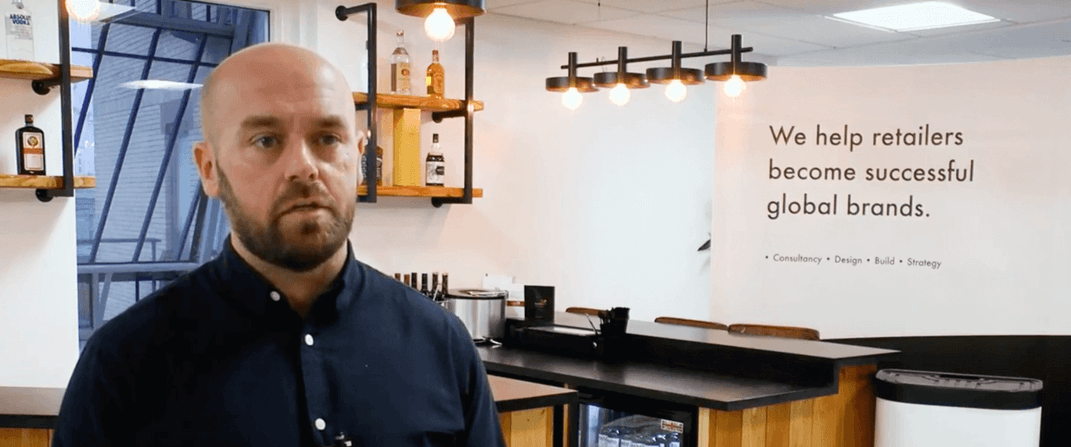
Debunking the Myths of Ecommerce #2: User Experience
Space 48 founder and MD, Jon Woodall, has been seeking to bust a number of myths in the ecommerce world, most of them which are based on assumptions and misconceptions. His latest blog explores the myths around user experience. Take it away Jon…
Ecommerce user experience: the myth vs the reality
The Myth: Changing the way my ecommerce website looks will improve the user experience
The Reality: User experience requires a more holistic approach. Usually where you see a massive improvement in user experience, there are multiple factors at play that combine to create a big impact.
Since forming Space 48 in 2008, the business has evolved from its roots as a Magento website development agency into a leading ecommerce consultancy. During the last decade, I’ve heard pretty much every possible reason given by business owners and ecommerce professionals about their brand’s poor performance or falling revenues.
Too often, they’re looking at competitors and seeking out bells and whistles over strategy and research into customer needs.
Stop peering over your neighbour’s fence
Whilst it’s important to take inspiration from other brands and stay abreast of the tactics and innovations used by competitors, you’re problems are not going to be solved by simply mimicking others. In ecommerce, it’s tempting to see a flashy bit of coding or a visually-engaging feature on a rival website and think, “we need this!”
Changes to your site’s user experience should be strategic, suitable for your brand and relevant for your customer needs. There’s no “one size fits all” solution to developing a website’s user experience, when it comes to your ecommerce proposition
Many businesses have come to me for help with the brief of wanting to “be like Amazon”, in terms of how they reach and handle their customer base online. Lofty ambitions, right? We’re not in the business of helping retailers and ecommerce businesses be like Amazon or ASOS, no matter how good they are.
Sure, take inspiration from the likes of Amazon and ASOS, as they demonstrate some great UX tactics, such as ASOS’ size guide tool (shown below) and various features that help consumer decision making, but do what’s right for your own business.
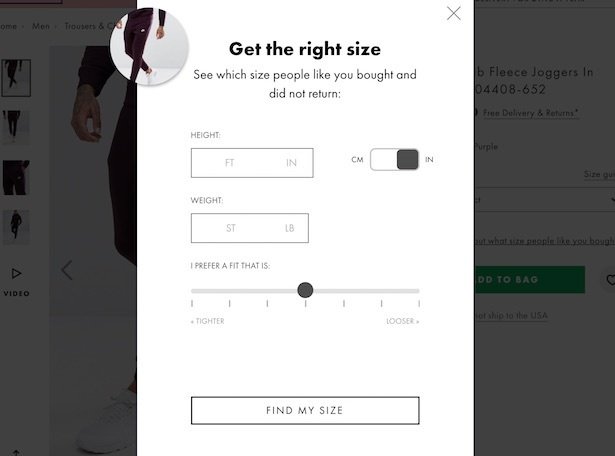
Our team of developers and ecommerce experts help companies deliver a user experience that’s a natural fit with their brand, its offering, and which meets their customer expectations.
Put your customers first when making UX changes
As I’ve mentioned, putting your customers first is key. Be inquisitive, listen to what your customers want from your brand and evaluate the user journey. Think about what you’re trying to achieve, based on your budget and whether you can feasibly afford to achieve this, based on the timescales you have for your UX improvement project.

Consider the following things before making any decisions:
- Research and assess your customers expectations
- Gather qualitative and quantitive insights into your customer behaviours
- Understand your customers expectations
- Look at the entire user journey (utilise website monitoring tools)
- Think about your user experience as H2H (human to human, not business to customer)
- Tell brand stories with your products throughout the customer journey
Your value proposition will likely dictate your available budget for implementing changes, but your overriding approach should be based on customer centricity.
Don’t be different for different’s sake – be strategic
I’m reflecting on businesses which strive to change their user experience purely to be different or because they think they’re really different from other brands.
Let me explain. Yes, every business has different products, cultures, needs and goals, etc. And it’s important to embrace the unique nature of your brand and make that resonate on your website. But with the user journey on your website, don’t try to be different for different’s sake – stick to best practice with UX unless there’s a strong strategic case to break the mould.
When clients tell me “our business is different”, I wonder, why is it different? The reality is that all retailers are selling products but doing so in various different ways. But that doesn’t make them “different”. Merchants all need customers and it’s important to remember that our customers are the ones that are unique, with widely differing needs, challenges and desires.
When businesses make big changes to UX based on assumptions rather than strategy, it’s likely they’ve taken their eye off the ball with the customer journey. Perhaps they’ve moved their shopping basket and checkout away from the usual top right hand corner of the page, which customers all over the world over have grown familiar with, for so-called aesthetic reasons or to be different. If your website visitors expect to see something in the usual place, don’t put it somewhere else just because you think it looks better.
There are only a handful of brands, like Nike for example, who can get away with revolutionising the customer journey and breaking the tried and tested mould for ecommerce UX. They’ve built up their brand over many years and they’ve earned the right to create a unique blueprint for omnichannel brand storytelling and UX. Nike’s products have iconic status.
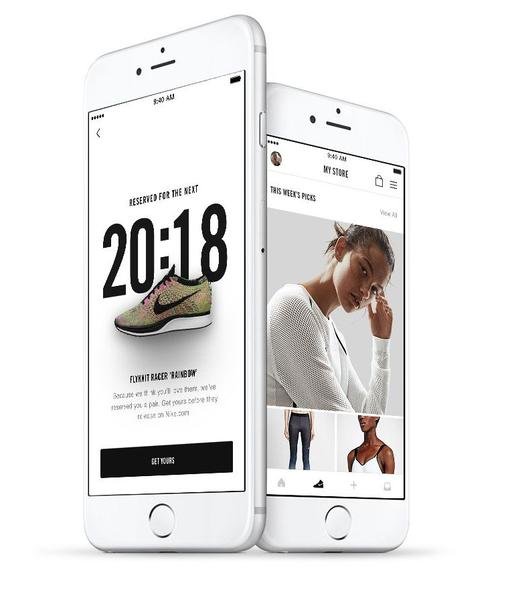
But we’re not all like Nike. There’s plenty of scope within ecommerce platforms and third-party integrations to produce visually engaging content on your key pages, without needing to attempting a risky UX change for the sake of it. Stick to UX fundamentals and only make changes that make sense for your business and customer expectations.
Learn about UX best practices from our Creative Director Anna Green in this handy blog: Meet our Creative Director: discussing the fundamentals of effective UX design.
Use monitoring and testing tools to understand UX needs
With user experience, it’s important to always be thinking about the overall picture. You need to consider a range of different factors that impact the browsing and buying experience on your ecommerce website. Monitor and evaluate your current user behaviours, and use these insights to make subtle tweaks and useful additions to the user experience, to create a smoother route to purchase.
I recommend that you make use of some of the great tools that are available to help retailers monitor, test and improve your website’s user experience, to drive more conversions.
Google Analytics and other CRM analytics help you explore the most popular traffic source, bounce rates and time users spend on different pages, etc. Innovative UX monitoring tools, such as like Hotjar and FullStory, allow you to drill down into the ways users are behaving on your site pages, including heatmap technology.

Learn about new users and returning customers. What drives them back to your website? How often do they visit? Discover what roadblocks and friction exists in your current navigation and user journey.
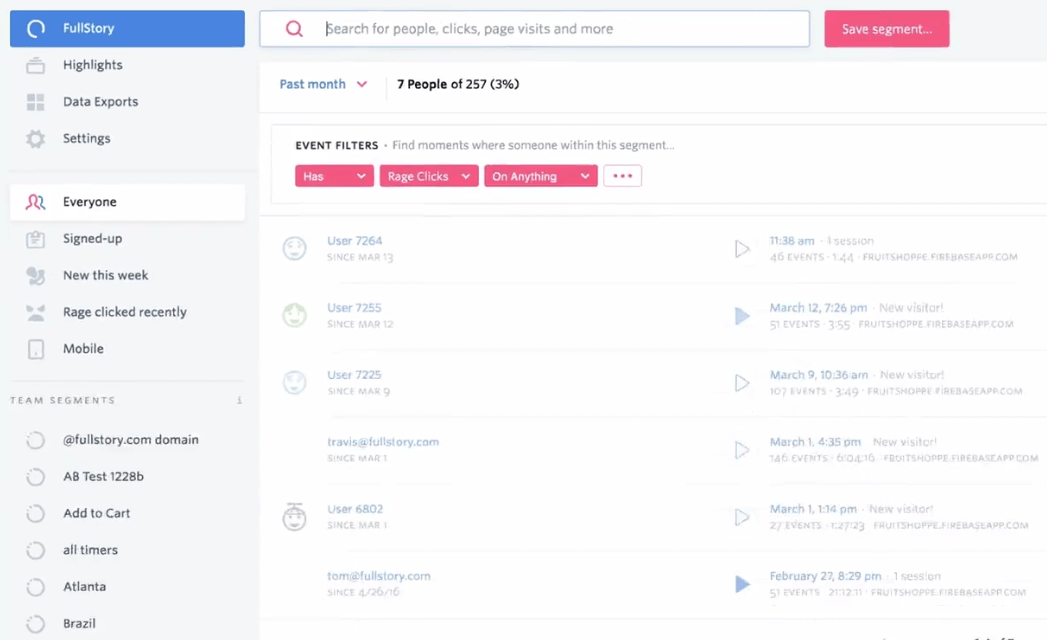
This might sound like a time-consuming process, but these monitoring and testing tools do the hard work for you. By putting aside regular time slots to drill into your data, you’ll be able to establish what’s working well and what could be improved. Use the insights to optimise your UX, rather than making large-scale, knee-jerk changes based on assumptions.
Once you’ve got this ongoing optimisation process in place, you can focus on nurturing and enhancing customer retention with the likes of email marketing, personalisation and remarketing.
Want to learn about other ecommerce myths?
Are you considering migrating your ecommerce website to a new platform? Check out my blog on the myths of ecommerce replatforming before you make any decisions!
If you want to hear me talk about 10 of the top myths in ecommerce, I was recently interviewed on Target Internet‘s digital marketing podcast on this topic. Listen to this 2-part podcast by clicking on the links below…
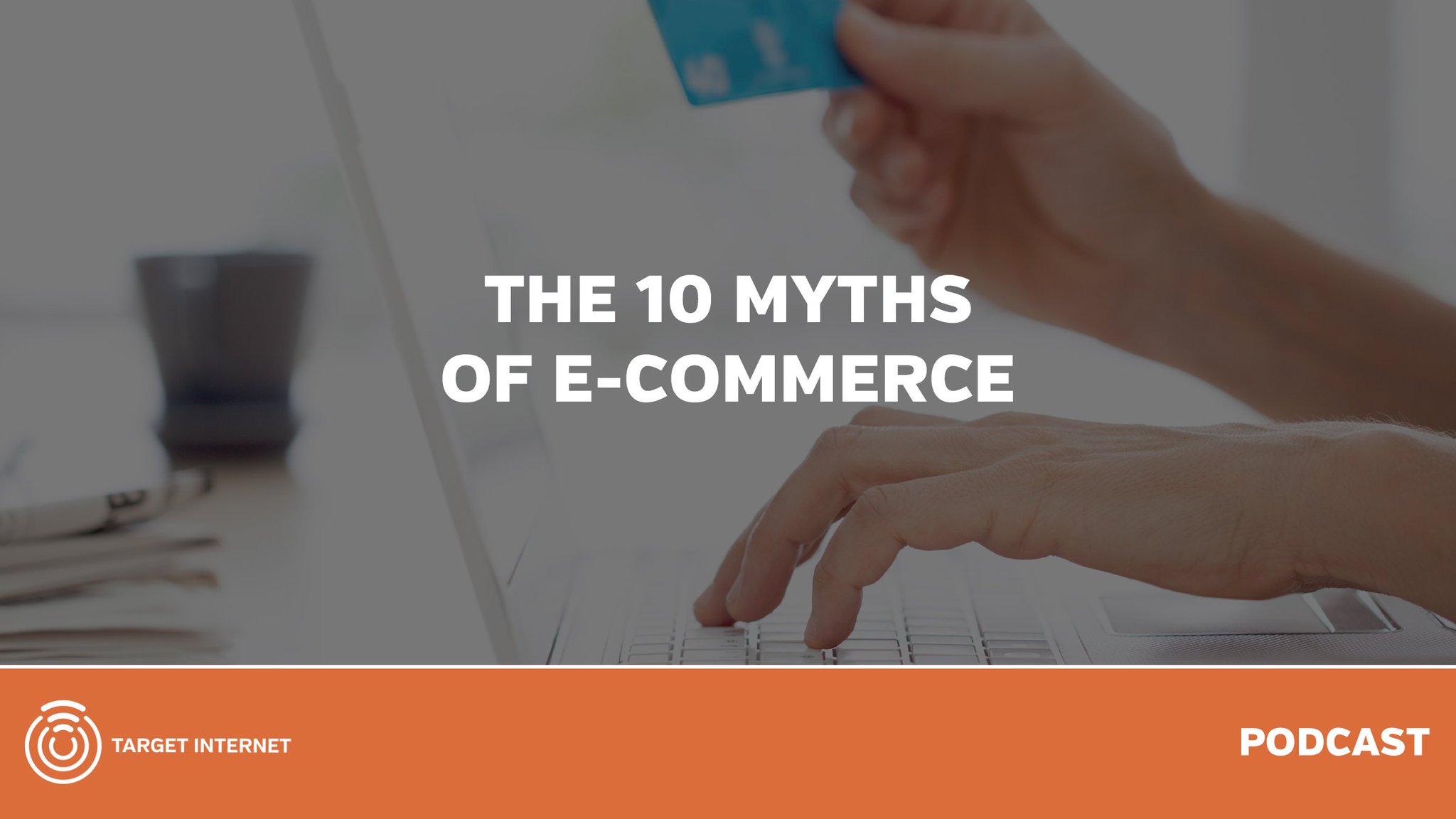
- 10 Ecommerce Myths with Jon Woodall (part 1)
- 10 Ecommerce Myths with Jon Woodall (part 2)
Summary
Did you find this blog helpful? Hopefully, it has demonstrated the need to clear your mind of assumptions and think strategically and holistically about the user journey. If you want more advice on improving your ecommerce website UX, get in contact with our UX specialists and we’ll help you work out the best approach for your business.
Space 48 is a leading UK ecommerce consultancy, based in Manchester. We specialise in website development for Magento and Shopware platforms. If you’d like to discuss any issues you’re experiencing with your ecommerce platform or you want to discuss a development project with us, get in touch now.





